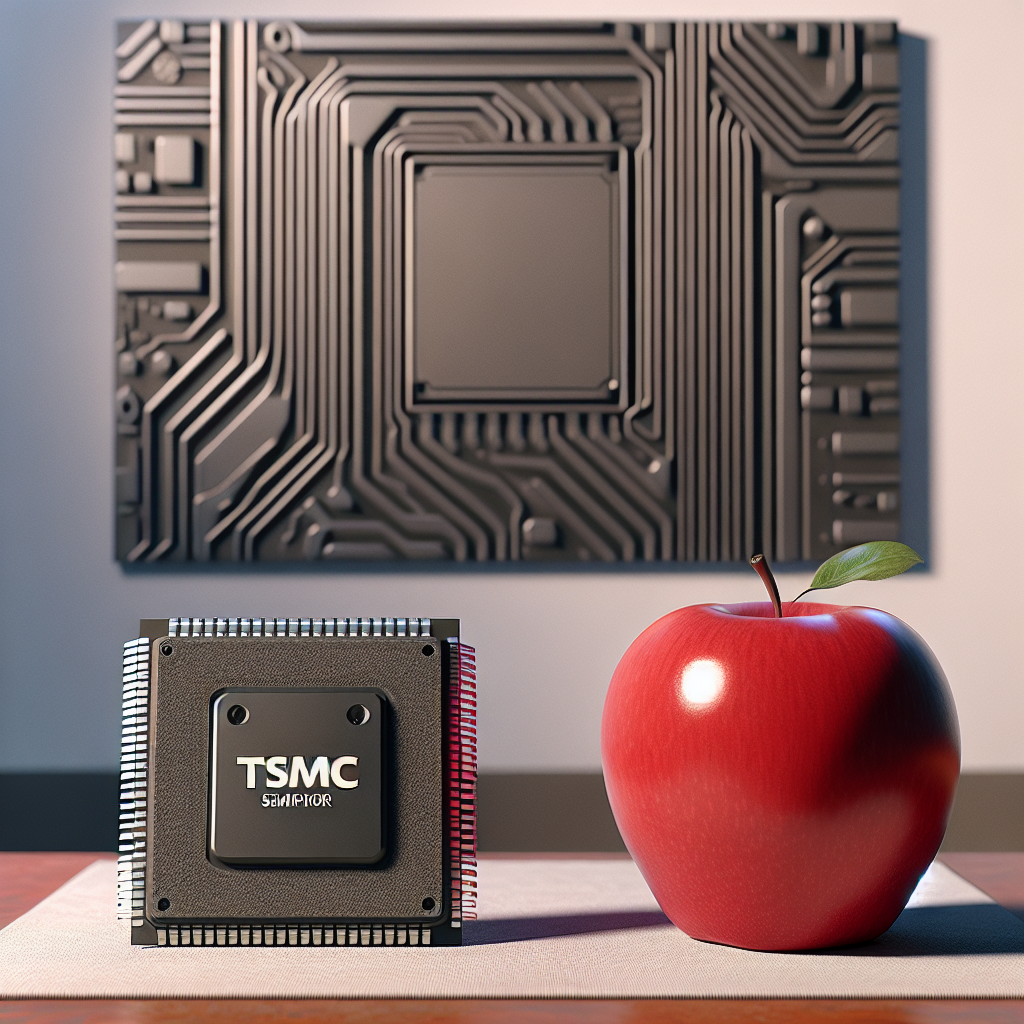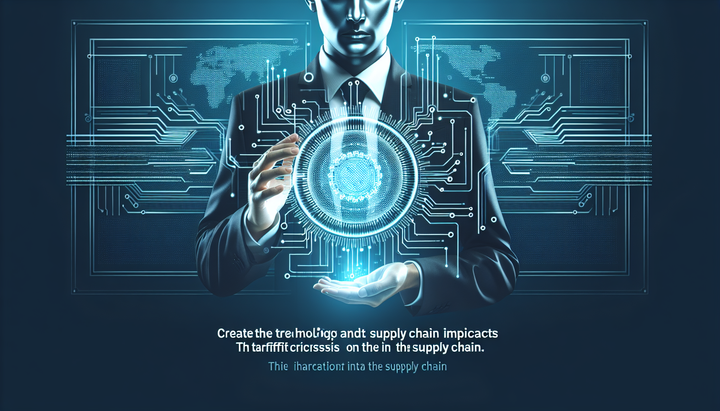Apple's 3nm TSMC Wafer Costs Surge as Performance Gains Slow

Rising Costs of 3nm TSMC Wafer for Apple's A-Series Chips
The technological landscape continues to evolve with each passing year, yet the cost of advancing semiconductor manufacturing processes appears to be rising dramatically. Apple, a prominent player in the tech industry, is confronting this challenge as the wafer costs from TSMC, their leading chip supplier, soar significantly. The A18 Pro chips, Apple's latest innovation produced on TSMC's cutting-edge 3nm process, are a testament to the technological prowess being developed. Each wafer now costs an astronomical $18,000, a stark increase from the $5,000 per wafer for their A7 chips built in 2013.
The Transition from 28nm to 3nm: Costs vs. Gains
The journey from the 28nm process used for the A7 chip to the current 3nm process in the A18 Pro chip reflects a massive leap in technological achievement but also emphasizes the economic challenges accompanying these developments. The number of transistors packed into these chips has exponentially increased from 1 billion in the A7 to 20 billion in the A18 Pro. Despite the increase in power and efficiency, cost per square millimeter of silicon has rocketed from $0.07 to $0.25, making it increasingly difficult for companies to justify such expenses, given the slower pace of performance increase in recent years.
Stalled Density Improvements and Rising Challenges
While the semiconductor industry initially experienced great success in silicon density improvements, the trend has gradually slowed. Ben Bajarin highlights that the most significant advancements in density occurred during the earlier transitions to the 20nm and 16nm processes. Over these periods, transistor densities doubled, providing substantial performance gains. However, recent transitions to more advanced nodes like the 10nm, 7nm, and now 3nm, reveal a slowdown in these density improvements, dropping to single-digit percentages, which impacts the return on investment for higher-priced wafers.
Apple's Strategy in Navigating High Wafer Costs
Faced with these challenges, Apple has shifted its strategy, focusing more on enhancing the performance-per-watt metric rather than solely relying on raw performance improvements through increased transistor density. By optimizing power efficiency, they aim to maintain performance advancements without incurring additional costs. It's also noteworthy that Apple's unique purchasing agreement with TSMC allows them to only pay for usable chips, rather than entire wafers, giving them a competitive edge over others using similar technology.
The Future of Chip Manufacturing Progress
The semiconductor industry is at a crossroads, and companies like Apple are leading the charge towards a more efficient future despite the high costs associated with new manufacturing technologies. As Chipmakers grapple with these challenges, the balance between technological innovation and economic viability remains a pivotal issue. The insights and strategies being implemented today not only weigh heavily on sustainability for large hardware producers but also impact the broader tech industry and consumers in the end.



Comments ()